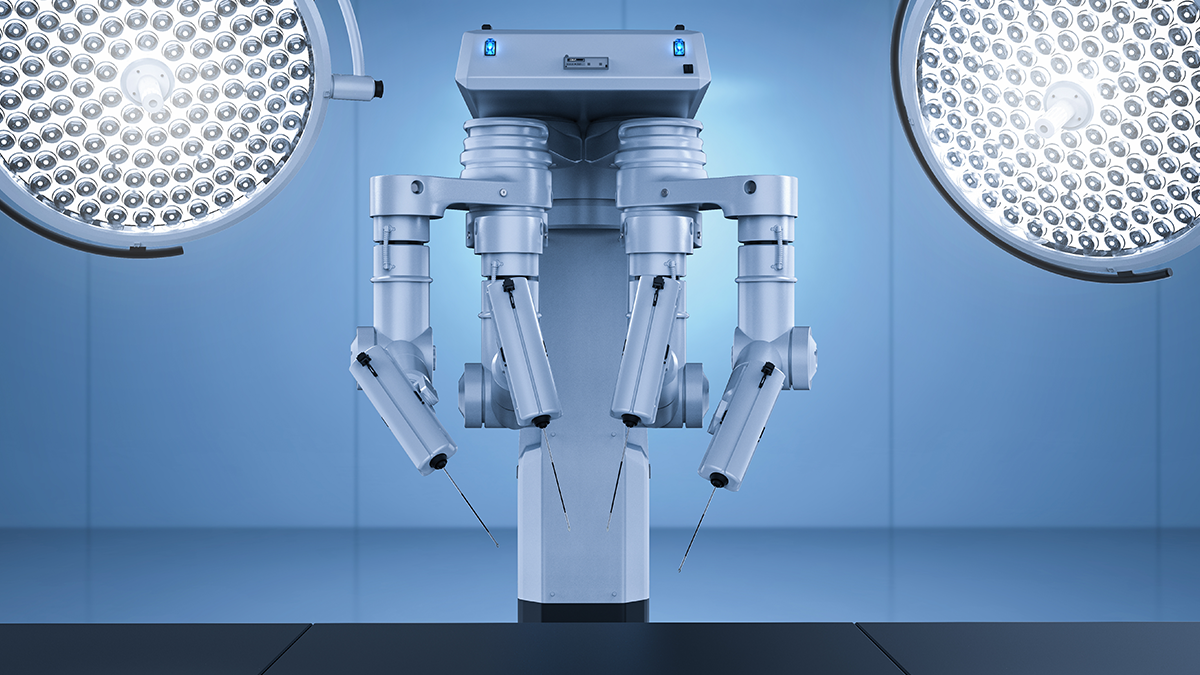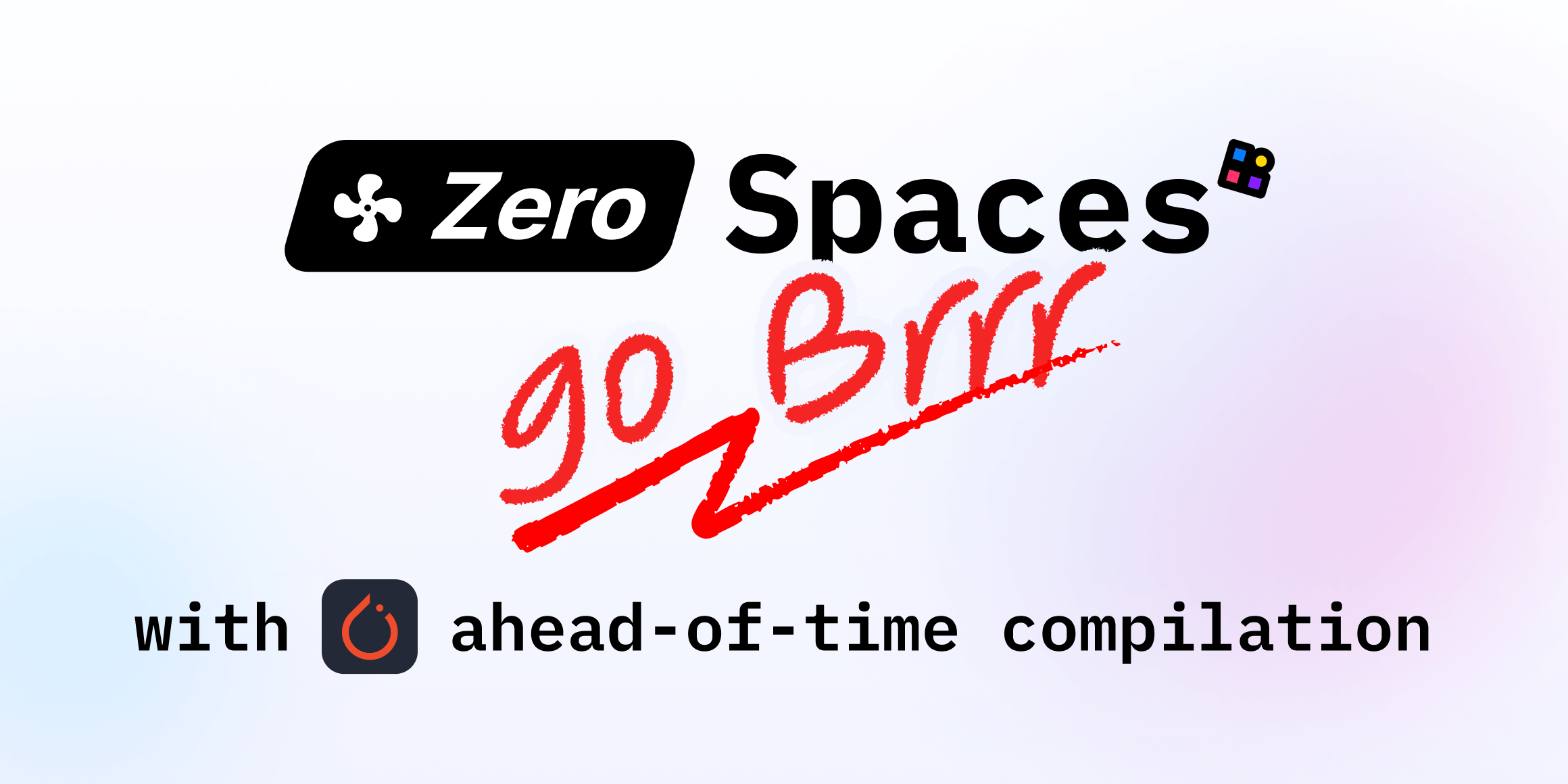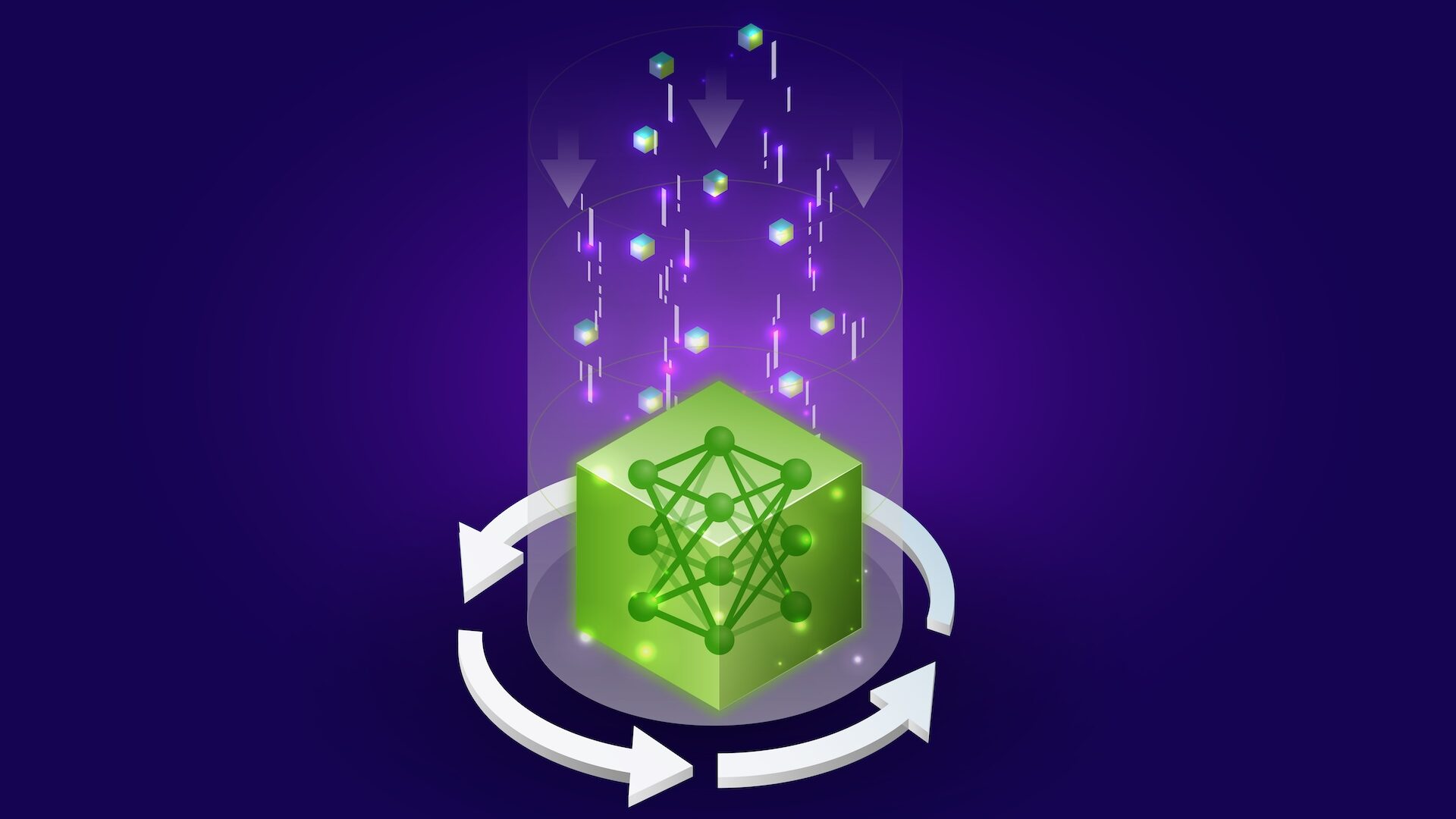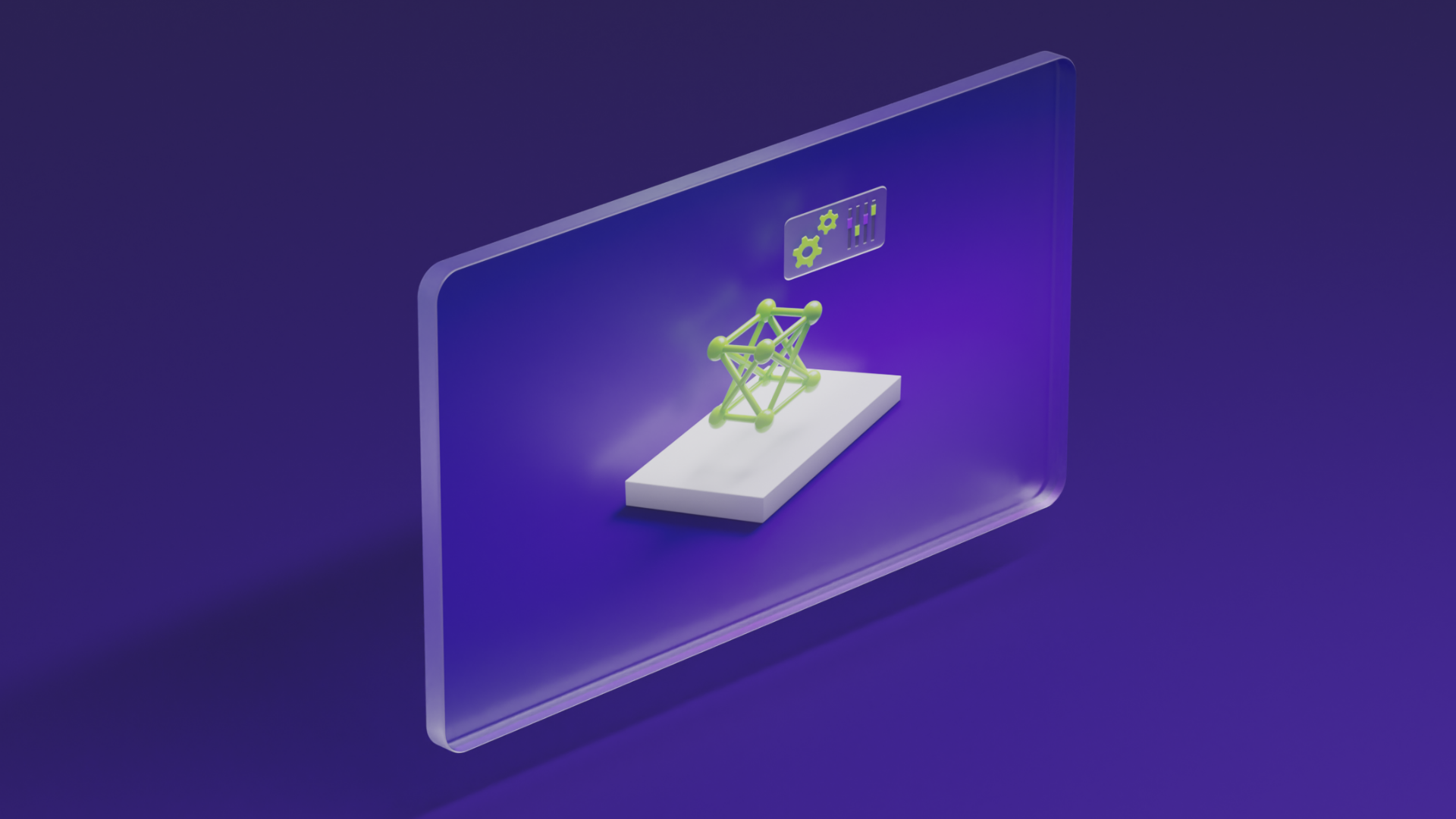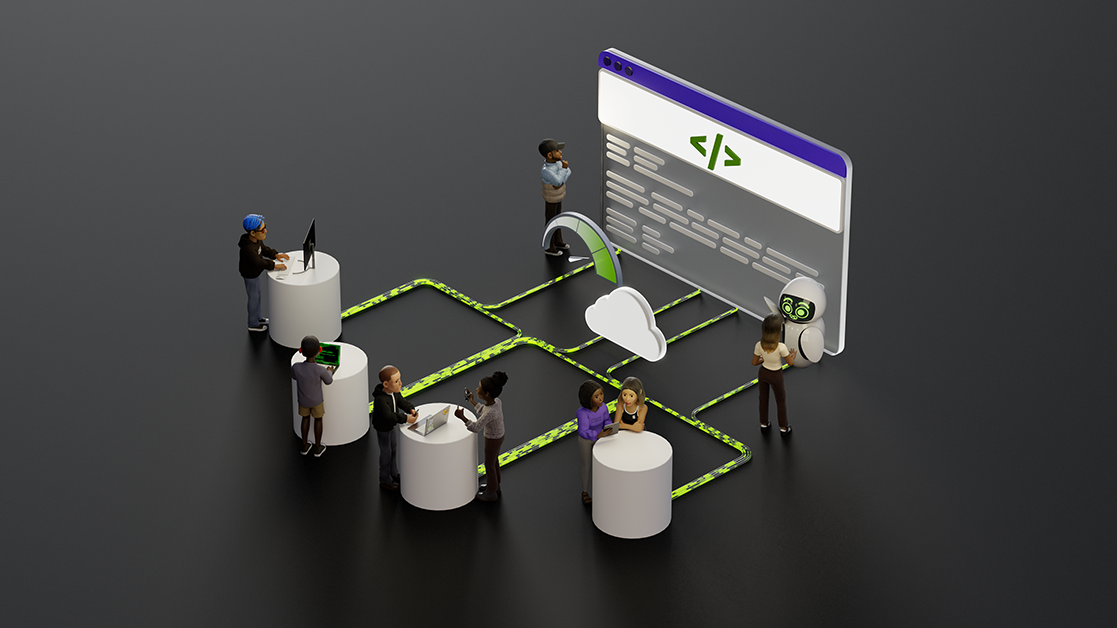
NVIDIA Hardware Innovations and Open Source Contributions Shape AI
Sources: https://developer.nvidia.com/blog/nvidia-hardware-innovations-and-open-source-contributions-are-shaping-ai, https://developer.nvidia.com/blog/nvidia-hardware-innovations-and-open-source-contributions-are-shaping-ai/, NVIDIA Dev Blog
Overview
NVIDIA is democratizing AI by combining open source models, developer tools, and a software/hardware stack designed for scale across cloud, data center, desktops, and edge devices. Open source AI models such as Cosmos, DeepSeek, Gemma, GPT-OSS, Llama, Nemotron, Phi, Qwen, and many others are foundational to AI innovation. These models democratize access to model weights, architectures, and training methodologies, facilitating learning and experimentation for researchers, startups, and organizations worldwide. Developers can learn and build on techniques such as mixture-of-experts, new attention kernels, post-training for reasoning, and more—without starting from scratch. This democratization is amplified by broad access to NVIDIA systems and open source software tailored to accelerate AI. NVIDIA Blackwell GPU architecture is a purpose-built AI superchip with fifth-generation Tensor Cores and a new 4-bit floating-point format, NVFP4, to deliver massive compute with high accuracy. The architecture integrates NVLink‑72, enabling ultra-fast GPU-to-GPU communication and scaling across multi-GPU configurations for demanding workloads. Blackwell GPUs also include second-generation Transformer Engines and NVLink Fusion. Accelerating AI requires more than hardware; it requires an optimized software stack that supports today’s workloads. NVIDIA is democratizing access to AI capabilities by releasing open source tools, models, and datasets to empower developers to innovate at the system level. Open source ecosystem: 1,000+ open source tools on NVIDIA GitHub, and NVIDIA Hugging Face collections with 450+ models and 80+ datasets. The software stack spans from fundamental data processing to AI development and deployment frameworks. NVIDIA publishes multiple open source CUDA-X libraries that accelerate ecosystems of tools, ensuring developers can leverage open source AI on Blackwell hardware. The AI pipeline starts with data preparation and analytics; RAPIDS is an open source suite of GPU-accelerated Python libraries that accelerate ETL pipelines into model training. It keeps data on GPUs, reducing CPU bottlenecks and speeding training and inference. Model training: NVIDIA NeMo is an end-to-end framework for LLMs, multimodal and speech models, enabling seamless scaling of pretraining and post-training workloads from a single GPU to thousands of nodes for Hugging Face/PyTorch and Megatron models. NVIDIA PhysicsNeMo is a framework for Physics-Informed ML enabling integration of physical laws into neural networks for digital twins and scientific simulations. NVIDIA BioNeMo provides pretrained models as accelerated NVIDIA NIM microservices plus tools for protein structure prediction, molecular design, and drug discovery. These frameworks rely on NCCL for multi-GPU/multi-node communication; NeMo, PhysicsNeMo, and BioNeMo extend PyTorch with advanced generative capabilities for building, customizing, and deploying generative AI applications beyond standard DL workflows. After models train, serving them efficiently requires TensorRT inference stack, including TensorRT-LLM and TensorRT Model Optimizer; TensorRT-LLM taps into Blackwell instructions and FP4 to push performance and memory efficiency in large models. For kernel developers, CUTLASS provides CUDA C++ templates to write high-performance GEMM kernels. NVIDIA Dynamo helps to serve users at scale: an open-source, framework-agnostic inference-serving platform supporting PyTorch, TensorRT-LLM, vLLM, SGLang; Dynamo includes NIXL, a high-throughput, low-latency data movement library for AI inference. Latest results on Dynamo 0.4 show up to 4x faster interactivity for the OpenAI GPT-OSS 120B model on NVIDIA B200 Blackwell GPUs for long inputs, without throughput tradeoffs; DeepSeek-R1 671B runs with 2.5x higher throughput per GPU without extra inference cost. The open models and datasets are available on Hugging Face and in NVIDIA’s ecosystem; many are released with permissive licenses including the NVIDIA Open Model License. NVIDIA Nemotron is a reasoning-capable language model family designed for accuracy and performance; the models support efficient inference and fine-tuning and can be packaged as NIM inference microservices to deploy on any GPU-accelerated system from desktop to data center. NVIDIA also released multimodal models such as Isaac GR00T N1.5, a vision-language-action model for humanoid robotics enabling robot reasoning and understanding, plus embedding models, tokenizers, etc. Many models come prequantized for NVFP4 and are distributed with permissive licenses. For physical AI, NVIDIA Cosmos provides a suite of generative models and tools for world generation and understanding; Cosmos core models include Predict, Transfer, and Reason, with tokenizers and data processing pipelines; open model licenses enable developers to download and adapt. The related Omniverse SDKs and libraries use OpenUSD for data aggregation and scene assembly; real-time RTX rendering extensions and physics schemas help build physical AI apps for industrial and robotics simulation. This completes a sim-to-real pipeline for training AI systems that operate in the real world. From raw data processing to open models like Cosmos and Nemotron, the NVIDIA open ecosystem covers the entire AI lifecycle. By integrating open tools, models, and frameworks across every stage, developers can move from prototype to production on Blackwell hardware without leaving the open source ecosystem. The NVIDIA AI software stack powers millions of developer workflows across research labs and Fortune 500 companies, enabling teams to harness Blackwell’s potential. By combining hardware innovations like NVFP4, second-gen Transformer Engines, and NVLink Fusion with an unmatched collection of open source frameworks, pretrained models, and optimized libraries, NVIDIA makes AI innovation scalable from prototype to production. You can try it today: explore open source projects on NVIDIA GitHub, access hundreds of models and datasets on Hugging Face, or dive into NVIDIA’s open source project catalog. Whether you are building LLMs, generative AI, robotics, or optimization pipelines, the ecosystem is open and ready for your next breakthrough. About NVIDIA’s contribution to open source: NVIDIA actively contributes to Linux Kernel, Python, PyTorch, Kubernetes, JAX, and ROS. NVIDIA also supports open source foundations including the Linux Foundation, PyTorch Foundation, Python Software Foundation, Cloud Native Computing Foundation, Open Source Robotics Foundation, and The Alliance for OpenUSD.
Key features
- Blackwell AI superchip with fifth-generation Tensor Cores and NVFP4 4-bit floating point for high-accuracy, high-performance compute
- NVLink‑72 interconnect for ultra-fast multi-GPU scaling
- Second-generation Transformer Engines and NVLink Fusion
- Broad open source software stack spanning data prep, training, inference, and deployment
- RAPIDS for GPU-accelerated data prep and ETL
- NeMo, PhysicsNeMo, BioNeMo for end-to-end model development across LLMs, multimodal, physics-informed ML, and life sciences
- CUDA-X libraries, NCCL for multi-GPU/multi-node communication, and CUTLASS for high-performance kernels
- TensorRT inference stack, including TensorRT-LLM and TensorRT Model Optimizer, with FP4 support on Blackwell
- Dynamo for framework-agnostic model serving, with NIXL for high-throughput data movement
- 1,000+ open source tools on GitHub and 450+ models with 80+ datasets on Hugging Face
- Nemotron for reasoning-capable LLM tasks; Cosmos for world generation and understanding; Omniverse OpenUSD for sim-to-real pipelines
- Open licenses including NVIDIA Open Model License for many models
- Ongoing NVIDIA contributions to Linux Kernel, PyTorch, Kubernetes, and more, and support for foundations like the Linux Foundation and PyTorch Foundation
Common use cases
- Training and deploying LLMs, multimodal models, and speech models with NeMo and related stacks
- Physics-informed ML for digital twins and scientific simulations with PhysicsNeMo
- Life sciences applications such as protein structure prediction, molecular design, and drug discovery with BioNeMo
- Robotic reasoning and autonomous systems with Isaac GR00T N1.5 and related tools; sim-to-real workflows using Omniverse OpenUSD
- Scalable inference and multi-GPU training using TensorRT, Dynamo, NCCL, and FP4-optimized kernels
- End-to-end data pipelines and ETL on GPUs via RAPIDS to accelerate model training
- Model packaging and deployment as NIM microservices for desktop to data-center deployments
Setup & installation
# Setup and installation details are not provided in the source content.
# Please consult NVIDIA's official sources for exact setup steps.Quick start
Not provided in the source content as a runnable example. The material outlines capabilities and components, but no step-by-step quick-start script is included.
Pros and cons
- Pros:
- Rich open source ecosystem: 1,000+ tools on GitHub and 450+ models with 80+ datasets on Hugging Face
- End-to-end stack spanning data prep, training, inference, and deployment
- Hardware/software co-design with Blackwell features (FP4, NVLink, Transformer Engines)
- Framework-agnostic serving via Dynamo and optimized inference with TensorRT
- Permissive licensing options (NVIDIA Open Model License) for many models
- Cons:
- The source does not explicitly enumerate downsides; practical considerations (cost, hardware requirements) are not stated
Alternatives (brief comparisons)
| Aspect | NVIDIA open source stack (as described) | Notes |---|---|---| | Core focus | End-to-end AI lifecycle with open models, datasets, and tools | Emphasizes integration across data prep, training, inference, and deployment |Licensing | Permissive licenses including NVIDIA Open Model License | Licensing terms vary by model/dataset; check sources |Ecosystem | CUDA-X libraries, RAPIDS, NeMo, Dynamo, TensorRT, CUTLASS, NCCL | Wide coverage across stages of AI workflows |
Licensing
NVIDIA notes permissive licenses for many open models, including the NVIDIA Open Model License, and emphasizes an ecosystem designed to enable experimentation and deployment at scale.
References
More resources
CUDA Toolkit 13.0 for Jetson Thor: Unified Arm Ecosystem and More
Unified CUDA toolkit for Arm on Jetson Thor with full memory coherence, multi-process GPU sharing, OpenRM/dmabuf interoperability, NUMA support, and better tooling across embedded and server-class targets.
Cut Model Deployment Costs While Keeping Performance With GPU Memory Swap
Leverage GPU memory swap (model hot-swapping) to share GPUs across multiple LLMs, reduce idle GPU costs, and improve autoscaling while meeting SLAs.
Improving GEMM Kernel Auto-Tuning Efficiency with nvMatmulHeuristics in CUTLASS 4.2
Introduces nvMatmulHeuristics to quickly select a small set of high-potential GEMM kernel configurations for CUTLASS 4.2, drastically reducing auto-tuning time while approaching exhaustive-search performance.
Make ZeroGPU Spaces faster with PyTorch ahead-of-time (AoT) compilation
Learn how PyTorch AoT compilation speeds up ZeroGPU Spaces by exporting a compiled model once and reloading instantly, with FP8 quantization, dynamic shapes, and careful integration with the Spaces GPU workflow.
Fine-Tuning gpt-oss for Accuracy and Performance with Quantization Aware Training
Guide to fine-tuning gpt-oss with SFT + QAT to recover FP4 accuracy while preserving efficiency, including upcasting to BF16, MXFP4, NVFP4, and deployment with TensorRT-LLM.
How Small Language Models Are Key to Scalable Agentic AI
Explores how small language models enable cost-effective, flexible agentic AI alongside LLMs, with NVIDIA NeMo and Nemotron Nano 2.
